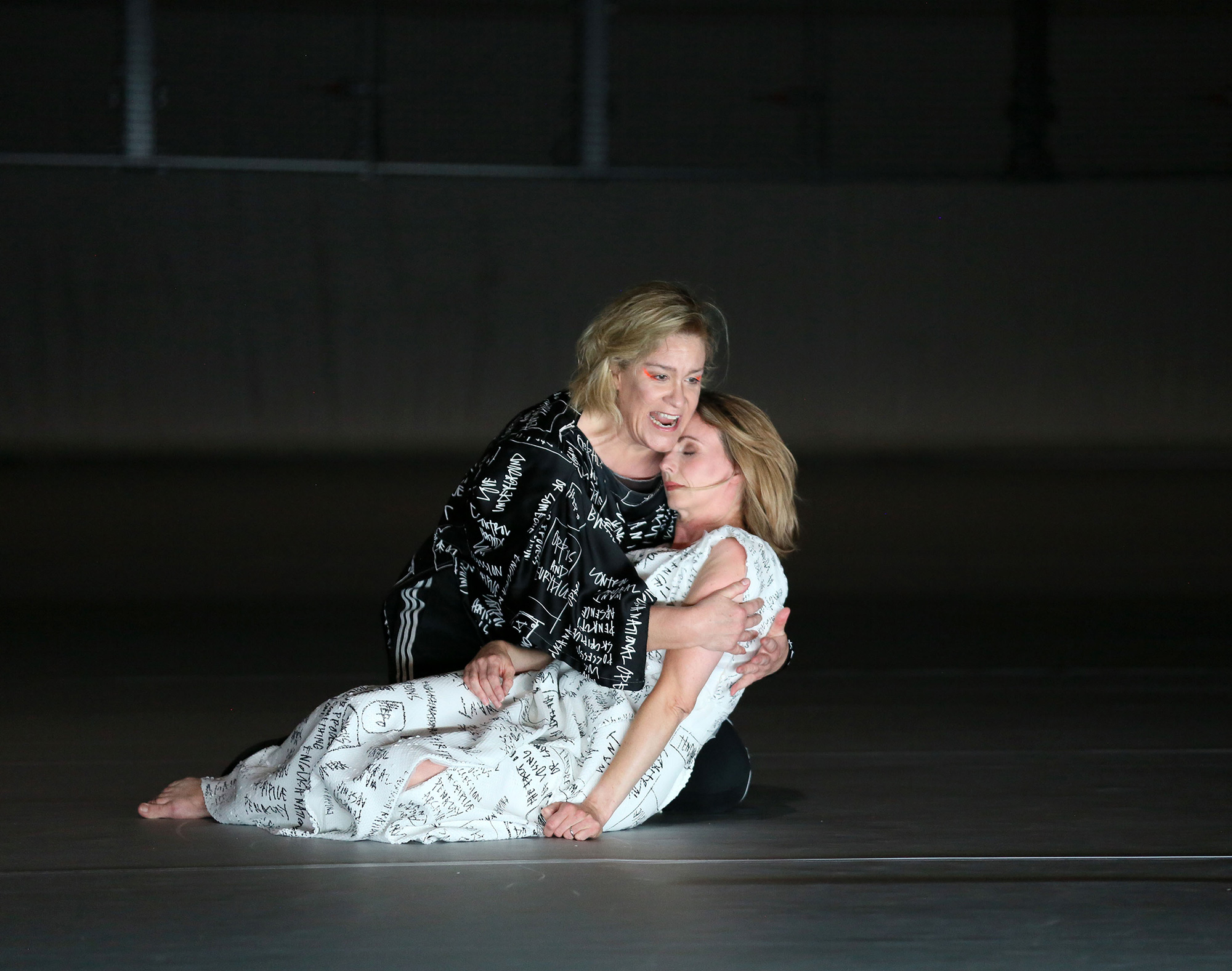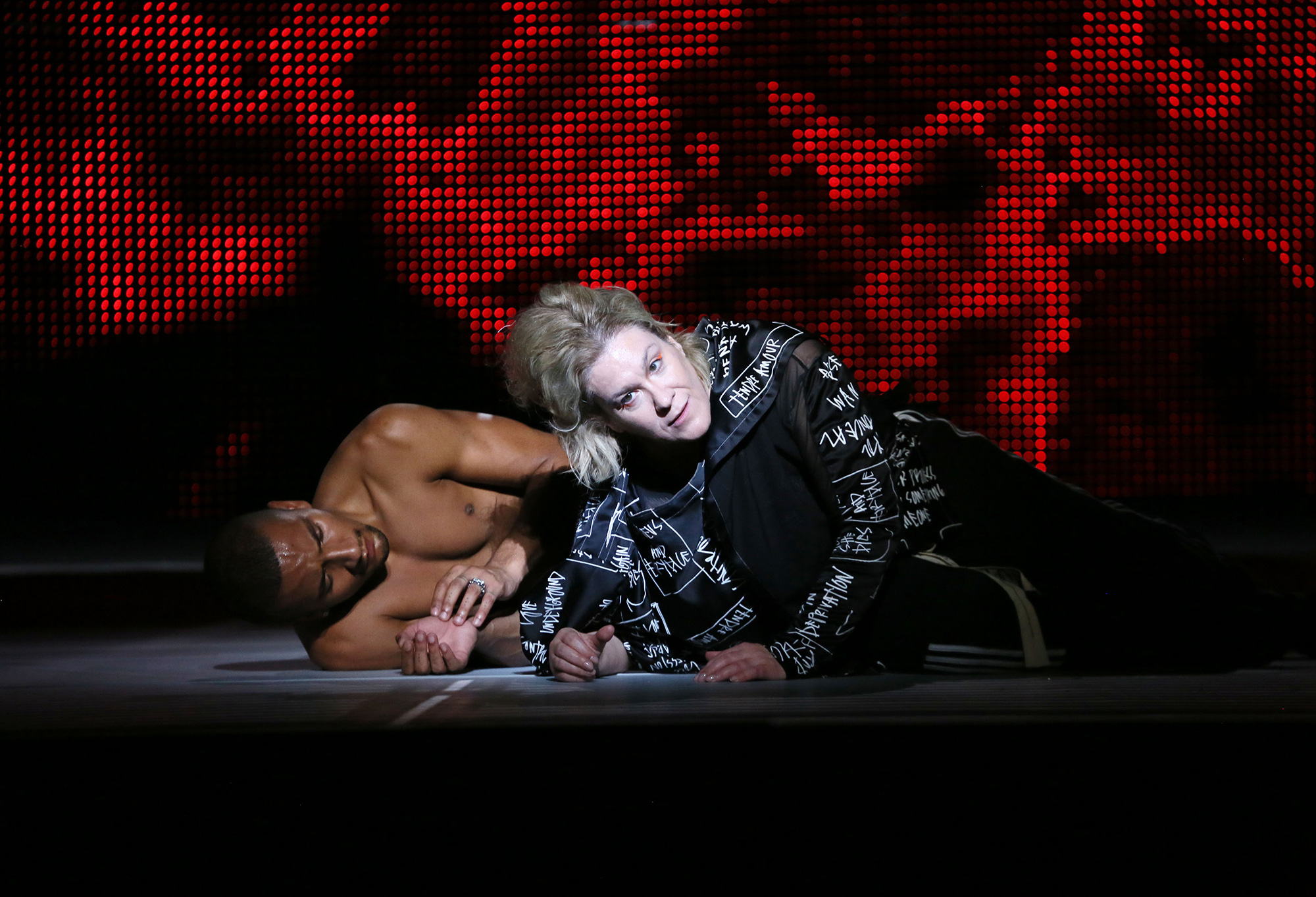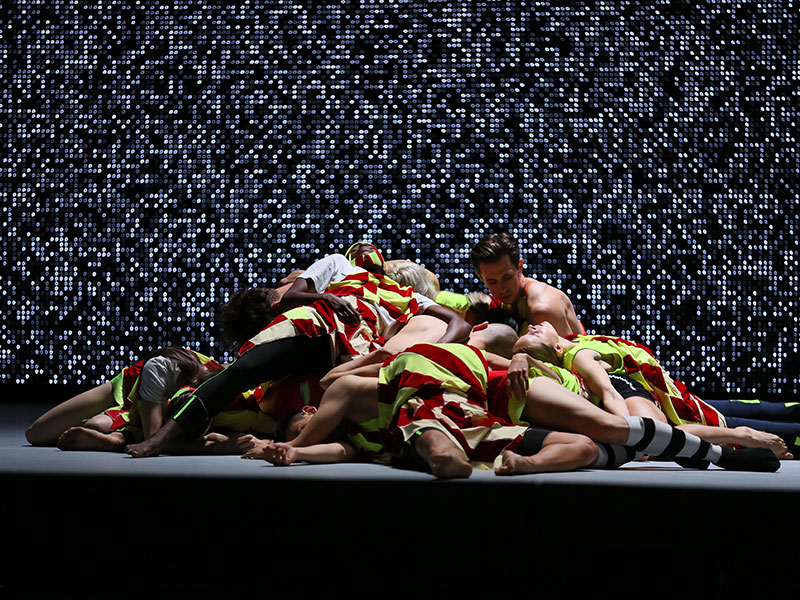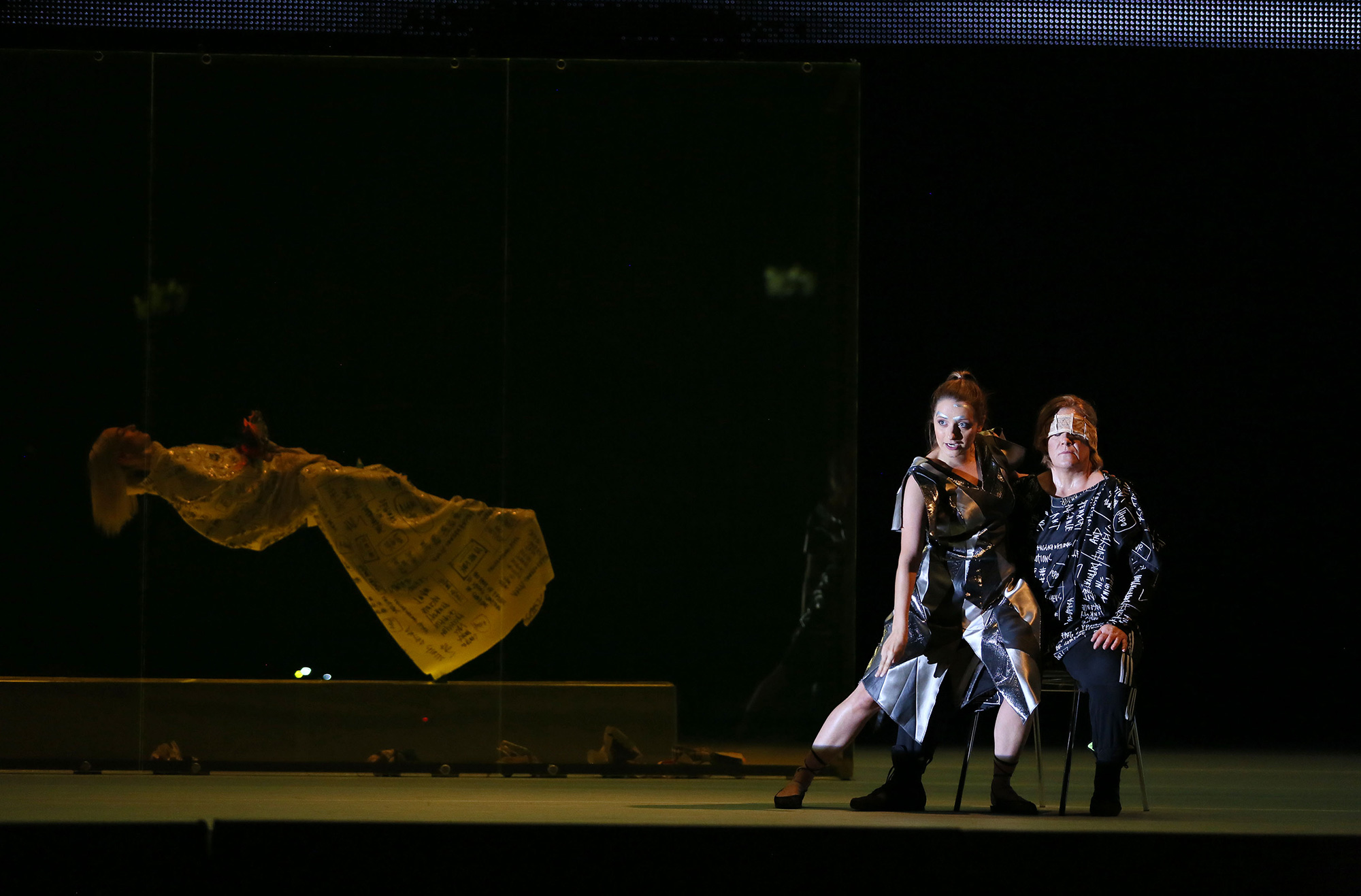It is an elegant account of the Orpheus myth by Christoph Willibald Gluck
First composed in 1762, Gluck retells the famous Greek myth of Orpheus and his wife Eurydice.
When Eurydice tragically dies, her husband, Orpheus decides he will go to any lengths to be reunited with her. To be together again, Orpheus is told that he can lead his wife out of the underworld, but cannot look back at her; else, she will be lost forever.

The opera was composed twice
First written in Italian for its Viennese premiere at the Burgtheater, the opera was revised in 1774 in French for Parisian audiences.
Unlike the Viennese version, lasting around 100 minutes, the French revision lasted at least an hour longer as existing music was expanded and new music added, including a new showpiece aria to end the first Act.
In keeping with French tastes, Gluck also swapped the lead (now named Orphée) from a castrato to a countertenor.

It features two famous pieces of dance music
For Orphée et Eurydice , Gluck added two dances, again a way of updating the opera to suit French audiences.
In director Wayne McGregor’s production, the ‘Dance of the Furies’ and the famous ‘Dance of the Blessed Spirits’ will be performed by 16 dancers from Company Wayne McGregor.

Our production is based on Berlioz’s version of the opera
In the mid-nineteenth century, composer and France’s leading expert on Gluck, Hector Berlioz, decided to stage a new production of the opera. By this time, Gluck’s music had gone out of fashion, and so Berlioz reworked music from both the Viennese and French scores for his version.
The 1859 production was an immediate success at Paris’s Théâtre Lyrique and ran for 138 performances.


